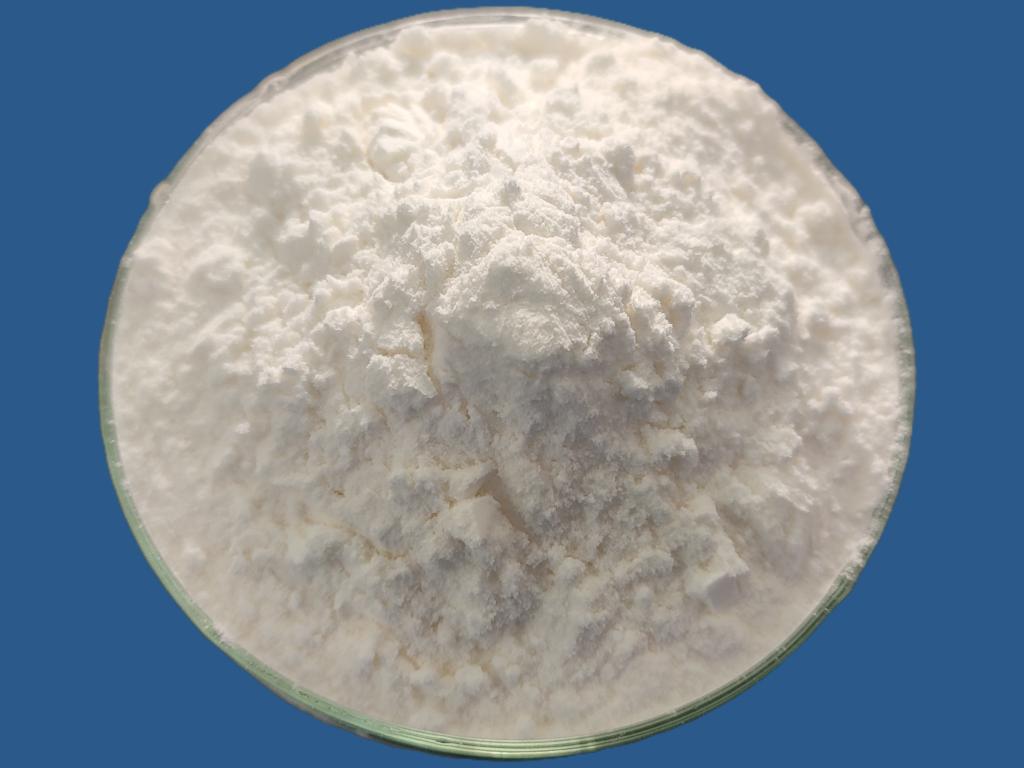Tel:0086 18231198596

News
Current Position:
Home >
News
>ε-Polylysine hydrochloride exhibits stability over a wide range of pH levels.
ε-Polylysine hydrochloride exhibits stability over a wide range of pH levels.
TIME:2024-04-12
Understanding ε-Polylysine Hydrochloride:
ε-Polylysine hydrochloride is a naturally occurring polypeptide produced by microbial fermentation, primarily derived from strains of Streptomyces albulus. It consists of multiple lysine residues linked by peptide bonds and exhibits cationic properties. Due to its unique molecular structure, ε-Polylysine hydrochloride possesses antimicrobial activity against a broad spectrum of bacteria and fungi, making it an effective preservative for various food products.
Stability Across pH Levels:
One of the notable characteristics of ε-Polylysine hydrochloride is its stability across a wide range of pH levels. Unlike some antimicrobial agents that may lose effectiveness under acidic or alkaline conditions, ε-Polylysine hydrochloride maintains its antimicrobial activity over a broad pH range, from acidic to alkaline environments. This attribute is particularly advantageous for food products with diverse pH levels, such as acidic beverages, dairy products, and fermented foods, where ε-Polylysine hydrochloride can effectively inhibit microbial growth and extend shelf life without compromising product quality.
Adaptability to Temperature Variations:
In addition to pH stability, ε-Polylysine hydrochloride exhibits resilience to temperature variations, further enhancing its suitability for food processing and storage. It remains active and effective across a wide range of temperatures, from refrigeration to moderate heat processing, without significant degradation or loss of antimicrobial activity. This versatility enables its incorporation into various food processing techniques, including pasteurization, sterilization, and high-pressure processing, to ensure microbial control and product safety while preserving sensory attributes and nutritional quality.
Implications for Food Applications:
The stability of ε-Polylysine hydrochloride across pH levels and temperatures has significant implications for a wide range of food applications. In dairy products, such as yogurt and cheese, ε-Polylysine hydrochloride can inhibit the growth of spoilage bacteria and extend shelf life, even in acidic environments. Similarly, in meat and poultry products, ε-Polylysine hydrochloride helps prevent microbial contamination during processing and storage, enhancing food safety and reducing the risk of foodborne illnesses. Its adaptability to temperature variations makes it suitable for use in both refrigerated and shelf-stable products, including canned foods, sauces, and condiments.
Benefits for Food Safety and Shelf Life Extension:
The stability of ε-Polylysine hydrochloride contributes to its effectiveness in enhancing food safety and extending shelf life. By inhibiting the growth of pathogenic and spoilage microorganisms, ε-Polylysine hydrochloride helps maintain the microbiological quality of food products and reduces the risk of microbial contamination throughout the supply chain. Its stability under various processing and storage conditions ensures consistent performance and efficacy, providing manufacturers with a reliable tool for preserving product integrity and meeting consumer demand for safe and high-quality foods.
Regulatory Considerations and Labeling:
ε-Polylysine hydrochloride has received regulatory approvals for use as a food additive in many countries, including the United States, the European Union, and Japan. Regulatory agencies, such as the U.S. Food and Drug Administration (FDA) and the European Food Safety Authority (EFSA), have evaluated its safety and determined acceptable levels for use in food products. As a food additive, ε-Polylysine hydrochloride is subject to labeling requirements, including proper identification on ingredient lists and compliance with maximum usage levels established by regulatory authorities.
Future Directions and Research Opportunities:
As the food industry continues to evolve, ongoing research on ε-Polylysine hydrochloride's stability and performance is essential to unlock its full potential for food preservation. Future studies may focus on optimizing formulation parameters, exploring synergistic interactions with other preservatives, and developing innovative delivery systems to enhance its efficacy and versatility in diverse food applications. Additionally, research efforts may investigate consumer perceptions and acceptance of ε-Polylysine hydrochloride-fortified foods, addressing any concerns and misconceptions through transparent communication and education.
Conclusion:
The stability of ε-Polylysine hydrochloride across pH levels and temperatures underscores its versatility and effectiveness as a food preservative. Its resilience to environmental factors enables its incorporation into a wide range of food products, contributing to enhanced food safety and shelf life extension. With ongoing research and regulatory oversight, ε-Polylysine hydrochloride holds promise as a sustainable solution for addressing microbial challenges in the food industry while meeting consumer demand for safe, high-quality, and convenient food options.

 CONTACT
CONTACT




